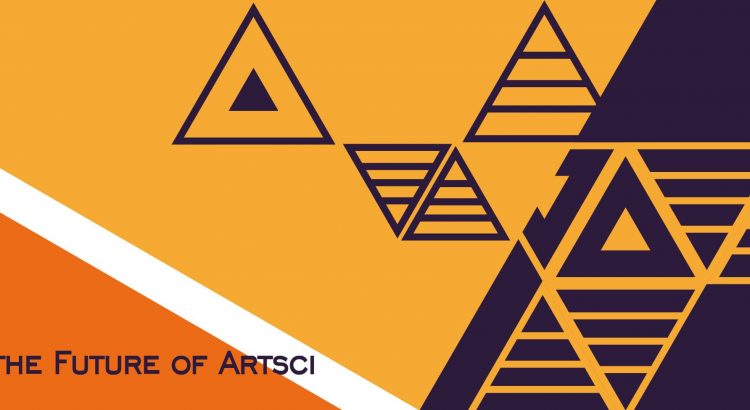‘Principles for the Development of a Complete Mind: Study the science of art. Study the art of science. Develop your senses – especially learn how to see. Realize that everything connects to everything else.’
Leonardo da Vinci (1452 – 1519)
Art and science, commonly seen as two different parallel disciplines, are gradually emerging into one world and possibilities. In 1959, Snow described science and humanities as ‘The Two Cultures’, and this has prompted many disputes and much debate about whether there is a significant gap between art and science. In 1987, theoretical physicist David Bohm also highlighted the importance of creativity and communication in science and humanities. In The Third Culture (1995), John Brockman proposes the concept of a mediating third culture in which scientists use literary language to convey their thoughts. In Art + Science Now (2013), Wilson collects and introduces a diverse range of work and projects in which there is an intersection between art and science, ranging from digital media to life sciences. Furthermore, in Colliding Worlds (2014) Miller also suggests that an exciting new art movement has recently emerged in which artists utilize and highlight the latest advances in science.
In recent years, many galleries, festivals, university programs, publications, websites and funding schemes have emerged to support the intersection and interaction of art and science. This new form of art practice is challenging the traditional methods of viewing art. The term for this new form of art is now understood as ‘artsci’, a hybridization of art and science. Artsci enriches the public image of science and serves as a new communication tool with which to engage the general public and help them to understand and question scientific research and contemporary art practice.
This conference aims to articulate a vision for creativity and science, and what we would envision for the future of Artsci. Undoubtedly, the division between art and science has collapsed and the two have collided, such that they are actually now merging and collaborating. The idea for the conference was established by the newly-formed program of Techno Art at National Cheng Kung University (NCKU) in Taiwan. It also acts as the 3rd International Symposium on Art & Technology (ISAT) for the Taiwan Art & Technology Association (ATATW). Furthermore, Collision, Collaboration and the Future of Artsci is the first international conference of the biennial conference series on art and technology organized by Techno Art at NCKU.
The collisions and collaborations in art, science and technology could stem from all possibilities and imaginings, which may not be definable and lack any finite dimensions. This conference focuses on the interchange of creativity and innovation with the aim to explore what is new, to share ideas, to shape future collaboration, and to promote excellence in outstanding research and practice.
